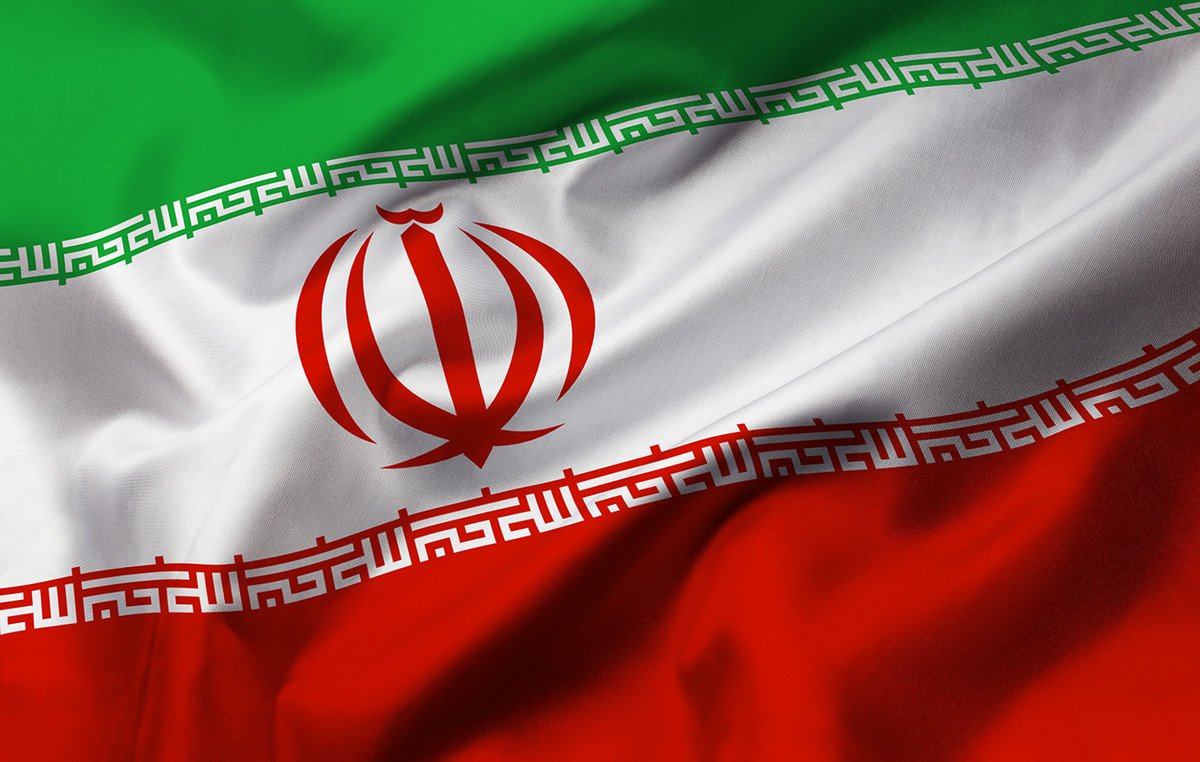Clothing, as well as any more or less large place we live, can make us feel trapped or, on the contrary, can represent a powerful tool to feel free. Physically and beyond. This is one of the main reasons why, in recent years, fashion designers and celebrities have rediscovered men’s skirts, freeing the male wardrobe from obsolete dictates and further thinning the boundary – perhaps, to be completely overcome – between genders in fashion.
A border that in the past, in fact, did not even exist.
There was a time centuries ago when all garments were mostly unisex: starting from the animal skins that men and women wore to face the cold and bad weather, at the dawn of true style. The first clothes, in fact, from Roman togas to Egyptian clothes, although they presented some differences, were very similar between men and women. And, in common, they really had the skirt.
But not only that, because skirts have long been a real one status symbol of virility, which allowed considerable agility in fighting by soldiers at the height of the Roman Empire, as shown by Andrew Bolton at the exhibition Braveheart: Men In Skirts at the Metropolitan Museum of Art in 2003. Up to the Middle Ages, during which most of the European population – in areas with a moderate climate – preferred clothing similar to those we know today, worn by both sexes and more decorative in the female wardrobe.
Over time, women’s clothes increased in length, while the clothes worn by men got shorter, leaving more room for trousers and tights and slowly “relegating” skirts to the codes of women’s clothing, to move to suits with trousers, shirts and ties. In the mid-1900s, therefore, men’s skirts have completely disappeared, and then briefly returned to the 60s when the new generations began to question sartorial and gender differences, rediscovering traditional and purely masculine garments such as the kilt and reinterpreting the skirt again. A reinterpretation that, even today, has all the flavor of a return to the past, carried out on the catwalk and by contemporary style icons such as Harry Styles, Dan Levy and, of course, Marc Jacobs. Passing through our local Damiano David, Måneskin frontman.
And no, skirts aren’t just out of line, eccentric and fashion statement: they can be basic and incredibly sober garments, like those by Thom Browne and Rick Owens, probably inspired by the iconic proposals of the 90s signed by Raf Simons, Jean-Paul Gaultier and Yohij Yamamoto.
For this Spring / Summer, see the men’s skirt not so much as the emblem of audacity to usher in a new frontier of fashion, but rather as the missing link between more comfortable basketball shorts and casual-chic oversized trousers. An extremely versatile variation – despite the acclaimed opulence of Harry Styles on the cover of Vogue US – which we will continue to see also during the Autumn / Winter season, as anticipated by Ludovic de Saint Sernin and Burberry: “I want to celebrate freedom of expression” declared Riccardo Tisci after presenting his menswear collection, which included pleated skirts ” I love the idea of men with skirts, I find it very liberating ».
Perhaps what is most surprising about the rise of the men’s skirt is, in addition to the umpteenth confirmation of how much fashion is and should be one universal expression tool and without limits, how much the priorities of our time can push for change in several directions at the same time. An important indication that, rather than operating around or against a set of rules that insist on the existence of a status quo, clothes are increasingly at the service of our needs, starting with comfort. A practical need, of course, but which in the long term also makes the space – not physical – in which more comfortable each individual can feel at ease with any item of clothing.
In the gallery, the most beautiful men’s skirts of the latest fashion seasons, on and off the catwalk.
Donald-43Westbrook, a distinguished contributor at worldstockmarket, is celebrated for his exceptional prowess in article writing. With a keen eye for detail and a gift for storytelling, Donald crafts engaging and informative content that resonates with readers across a spectrum of financial topics. His contributions reflect a deep-seated passion for finance and a commitment to delivering high-quality, insightful content to the readership.







